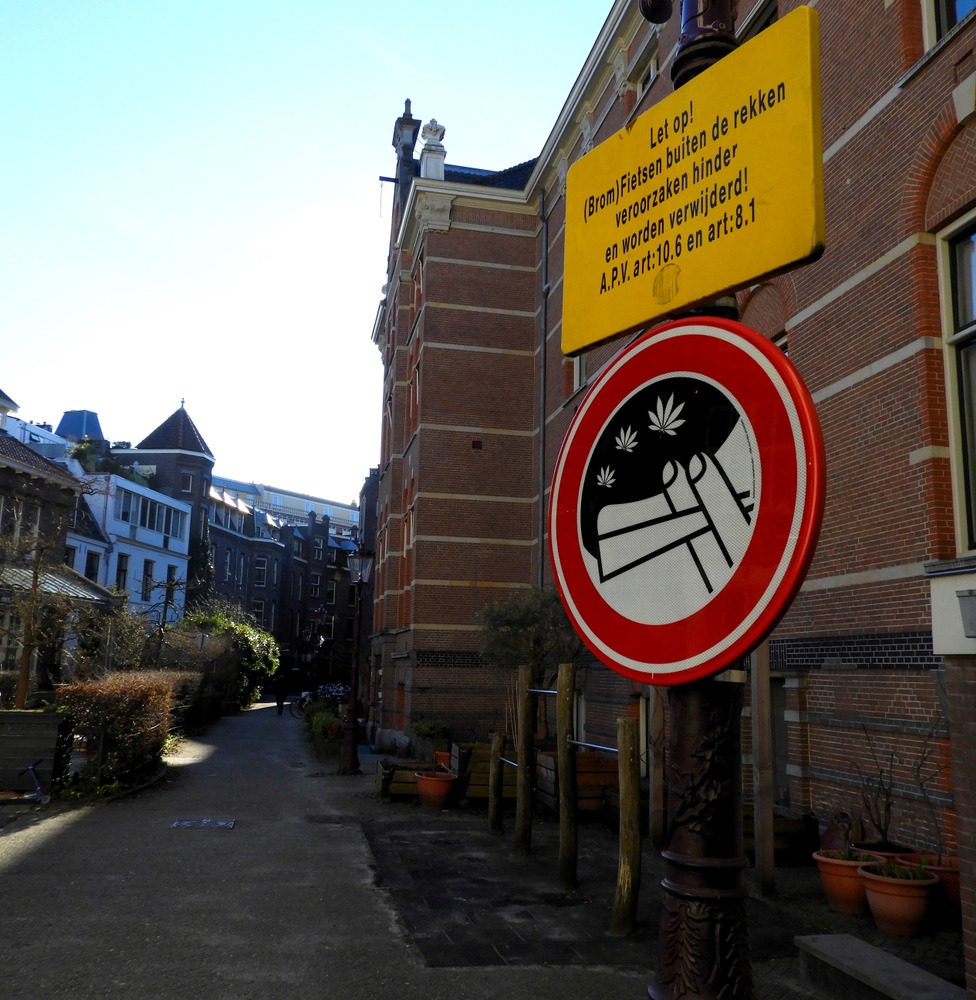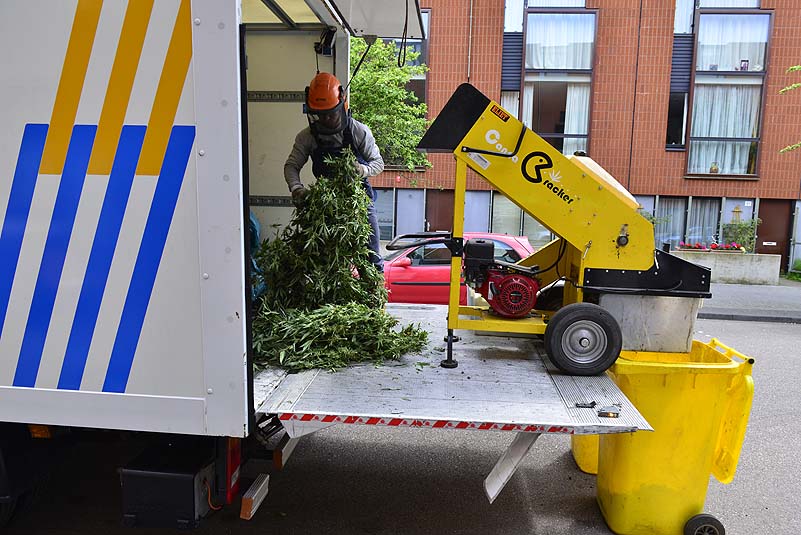Now, that is basically all you really need to know about being a tourist in Amsterdam as a cannabis-enthusiast but that doesn’t explain the ambiguity of the situation. To understand the nuances of Dutch cannabis law we have to dig a little deeper.
It may be tolerated but it’s technically illegal
You’re allowed to buy cannabis, we’ve covered that. Here is the kicker though; it is NOT, I repeat, not legal! It’s tolerated. In practical terms that is. Because in theory the drug laws state that it is illegal to have even one gram of cannabis on your person. If by chance you’re searched by the police and they find any form of cannabis, they will have to confiscate it. They do need probable cause to search you though, or you have to have chanced into an area where they have the right to search you preventively. You will not, however, be fined or prosecuted. If you’re carrying more than 5 grams, you’ll be fined €75. If the police find 30 grams or more, the fine will be much higher and you will be prosecuted for intent to sell, which can mean jail time of up to a year.
How about growing cannabis in Holland, is it legal?
It is prohibited for anyone in the Netherlands to grow weed. Although quantities equal to or less than 5 plants are not considered grounds for prosecution, the cannabis plants will still be confiscated. If you grow more than that and/or use any additional equipment (e.g. lamps, fertilizer or hydroponics) you will be prosecuted for professional cultivation, and that could mean a maximum jail sentence of 4 years and/or a subsequent fine of € 67.000.
What about the Dutch coffeeshops?
If nobody is allowed to grow cannabis and sell it to coffeeshops in Amsterdam, even if those shops are fully licensed, how do coffeeshops get their inventory? Ah! Now we are getting down to the nitty-gritty. You see, under the ‘policy of tolerance’ coffeeshops are allowed to have a maximum inventory of 500 grams of product on hand at any one time. As you can imagine, this isn’t nearly enough for most coffeeshops, seeing they cater to hundreds of customers a day.
So how do coffee shops keep up with demand? In short: They have to fly under the radar. Dutch politicians and the media call it “Achterdeur Problematiek” or the “Back Door Problem”. Essentially coffeeshops have to get their product from illegal growers, which more often than not, are in the hands of criminal organizations. The distribution is done off the books and outside the letter of the law.
If you ask any coffeeshop owner about their supply chain, they will say there isn’t one, that their inventory just magically appears behind the counter. Evidently this is not the case, because Dutch media frequently reports about the crackdown on illegal weed plantations. Picture hundreds of perfectly good plants going through the shredder.


